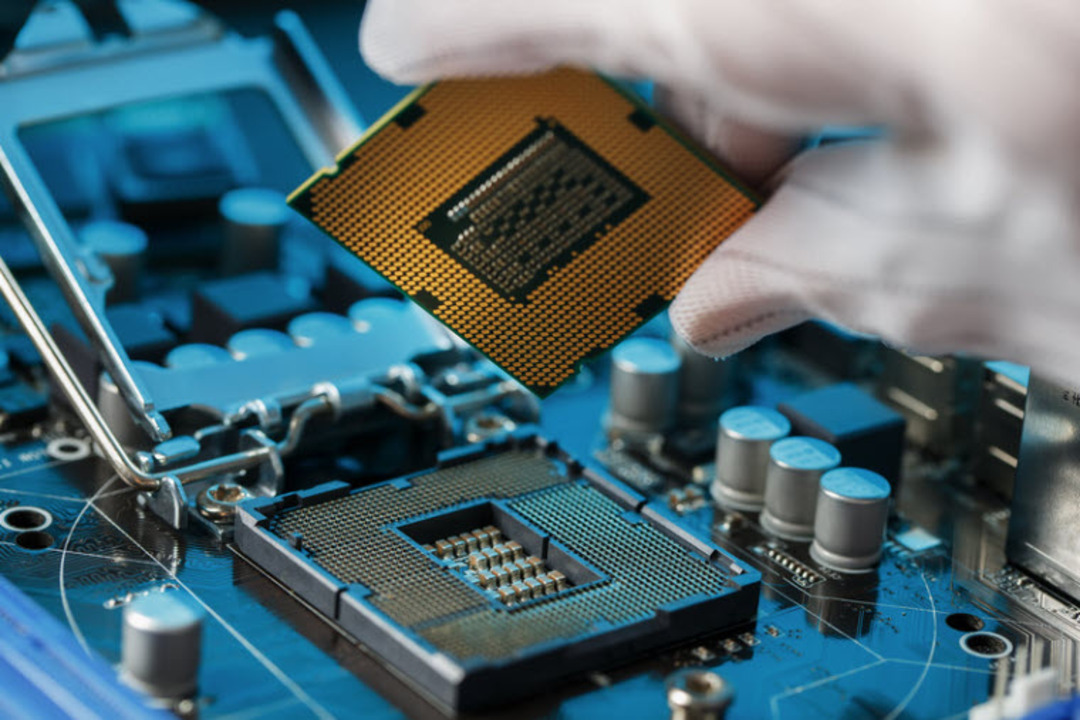In the world of technology, staying up to date with software updates often takes precedence. We’re constantly reminded to update our operating systems, apps, and security software to ensure optimal performance and protection against evolving threats. However, there’s another critical aspect that sometimes slips under the radar: hardware updates.
Just like software, hardware requires periodic updates and maintenance to function efficiently and securely. Yet, it’s a facet of technology that often doesn’t receive the attention it deserves. Let’s delve into why keeping hardware up to date is paramount and the potential consequences of neglecting this essential task.
- Performance Optimisation: Hardware updates often include firmware upgrades that enhance the performance and functionality of your devices. Whether it’s your computer’s motherboard, graphics card, or network adapter, these updates can unlock new features, improve compatibility with software applications, and enhance overall system responsiveness.
- Security Enhancements: Just as software updates patch vulnerabilities to protect against cyber threats, hardware updates address security flaws in the underlying components of your devices. Hackers are constantly probing for weaknesses to exploit, and outdated hardware firmware can provide them with a gateway into your system. By staying current with hardware updates, you fortify your defenses against potential attacks and safeguard your sensitive data.
- Bug Fixes and Stability: Hardware manufacturers release updates to rectify bugs and address stability issues that may affect the performance of your devices. These fixes can prevent system crashes, erratic behavior, and compatibility issues with peripherals. Ignoring hardware updates could lead to frustrating malfunctions and decreased productivity.
- Feature Expansion: Hardware updates often introduce new features and capabilities that enhance the user experience. Whether it’s support for higher resolutions, improved energy efficiency, or advanced connectivity options, staying abreast of hardware updates ensures that you’re leveraging the full potential of your devices.
- Compatibility with New Software: As software evolves to incorporate innovative technologies and functionalities, hardware must keep pace to ensure seamless compatibility. Failure to update hardware components may result in software applications becoming sluggish, unresponsive, or altogether incompatible with your system.
Now, let’s consider the potential repercussions of neglecting hardware updates:
- Increased Vulnerability to Cyber Attacks: Outdated hardware firmware may contain known vulnerabilities that hackers can exploit to gain unauthorised access to your system, compromise your data, or launch malware attacks.
- Diminished Performance: Over time, outdated hardware may struggle to keep up with the demands of modern software, leading to sluggish performance, longer load times, and decreased productivity.
- Compatibility Issues: New software releases may require updated hardware drivers or firmware to function correctly. Failure to update hardware components could result in compatibility issues, rendering certain software applications unusable or unstable.
- System Instability and Malfunctions: Without the latest firmware updates, hardware components may experience stability issues, leading to system crashes, freezes, and other malfunctions that disrupt your workflow and potentially cause data loss.
- Missed Opportunities for Improvement: By neglecting hardware updates, you miss out on opportunities to optimise performance, enhance security, and unlock new features that could improve your overall computing experience.
In conclusion, staying vigilant about hardware updates is just as critical as keeping your software up to date. It’s essential to regularly check for firmware updates from hardware manufacturers and apply them promptly to ensure optimal performance, security, and compatibility with evolving software. By investing the time and effort to maintain your hardware, you can safeguard your digital assets, maximise productivity, and stay ahead in an ever-changing technological landscape.


